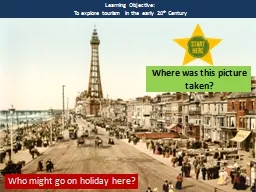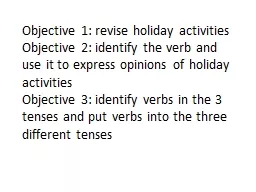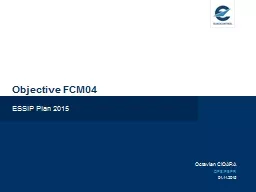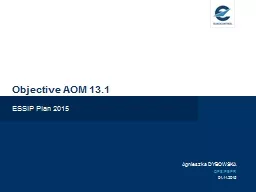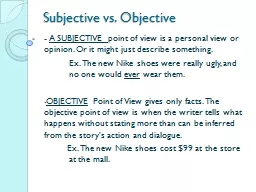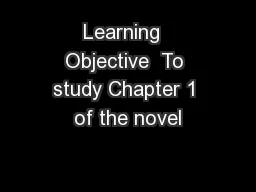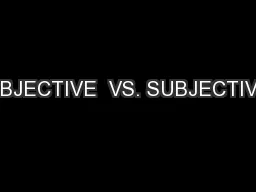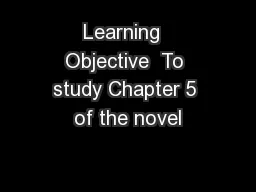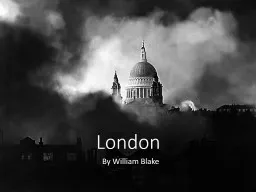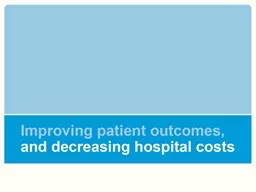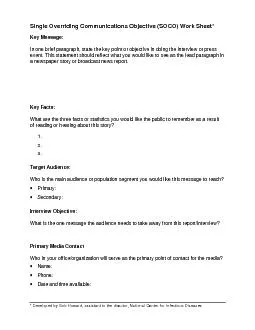PPT-Learning Objective: To
Author : marina-yarberry | Published Date : 2018-01-30
explore tourism in the early 20 th Century Where was this picture taken Who might go on holiday here Over the next few weeks we will be looking at 3 main areas for
Presentation Embed Code
Download Presentation
Download Presentation The PPT/PDF document "Learning Objective: To" is the property of its rightful owner. Permission is granted to download and print the materials on this website for personal, non-commercial use only, and to display it on your personal computer provided you do not modify the materials and that you retain all copyright notices contained in the materials. By downloading content from our website, you accept the terms of this agreement.
Learning Objective: To: Transcript
Download Rules Of Document
"Learning Objective: To"The content belongs to its owner. You may download and print it for personal use, without modification, and keep all copyright notices. By downloading, you agree to these terms.
Related Documents

